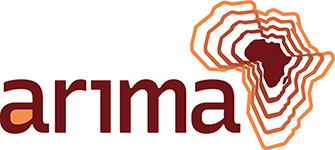 |
Meriem Zekri ; Labiba Souici-Meslati - Immunological Approach for Intrusion Detection
arima:1974 - Revue Africaine de Recherche en Informatique et Mathématiques Appliquées, 4 octobre 2014, Volume 17 - 2014 - Numéro spécial - CARI'12 - https://doi.org/10.46298/arima.1974- 1 Département d'Informatique [Annaba]
One of the central challenges with computer security is determining the difference between normal and potentially harmful behavior. For decades, developers have protected their systems using classical methods. However, the growth and complexity of computer systems or networks to protect require the development of automated and adaptive defensive tools. Promising solutions are emerging with biological inspired computing, and in particular, the immunological approach. In this paper, we propose two artificial immune systems for intrusion detection using the KDD Cup'99 database. The first one is based on the danger theory using the dendritic cells algorithm and the second is based on negative selection. The obtained results are promising
